A radiator hose is essential for ensuring your car’s proper functioning. They are colossal diameter hoses manufactured out of rubber and are responsible for transporting engine coolant from the radiator and back to the water pump. Therefore, it is essential to have no pressure in radiator hose.
It would help if you inspected your radiator hose regularly to look for any damages to the building or the operation. The maintenance is integral to the overall purpose that the radiator hose serves. It is always advisable to maintain the one installed in your car instead of replacing it with a brand new one because not only less disruptive than the alternative you may want to opt for but is also expensive.
Quickest Solution Of No pressure In radiator Hose
The quickest solution to obtain no pressure in radiator hose is to replace it. Yes, we understand that to opt for this option means running up additional costs, but if no force is being generated in your radiator hose, it will no longer provide you with any good.
Therefore, when looking for a replacement radiator hose, remember to invest in the one that has fine quality and is thermal resistant.
Fine quality and a thermal-resistant hose will look out and prevent the radiator hose from cracking because of the excessive heat that it has to endure almost throughout the day. Obviously, the more you intensify the quality of the hose that you want, the more costly it will be for you to purchase.
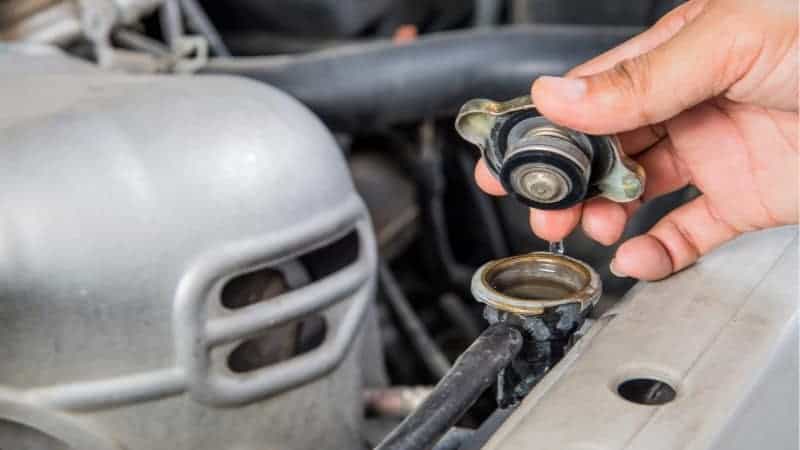
Causes for no pressure in radiator hose
There are several possible causes due to no pressure in the radiator hose. Even though we are unfamiliar with the one you might be facing, in this section of our article, we will list a few reasons you can identify your radiator hose.
Degradation of the Radiator Hose
Electrochemical degradation can at times be the cause of no pressure in your radiator hose. Since the visual inspection of the radiator hose cannot signify this issue, you should squeeze the hose, but make sure it has completely cooled down.
By squeezing the hose a few inches from its opening, if you feel cracks at distances, then it is your cause for no pressure in the radiator hose. This problem occurs because various metals are responsible for creating an electric charge carried by the coolant. When in excess, the hose tube is affected, forming cracks and weakening the hose throughout.
The coolant level is Low.
When the coolant level in the hose is sufficient, and because of the car owner’s negligence in maintenance, this tends to be another reason for no pressure in the hose.
As the heat causes the radiator hose to swell, the coolant acts to the prevention of it. However, when the coolant level is inadequate due to less resistance, the radiator hose eventually starts to crack. The radiator hose cannot hold any pressure, and the cooling system collapses.
Waves on a hose
In technical language, whenever waves start to appear on the surface of a hose, we say that the hose has been kinked. With time these folds grow and intensify in size leading to cracks in the hose and building no pressure.
Hose has been clogged.
The work that a radiator hose undertakes is demanding. When the coolant is transferred back and forth between various components of a vehicle, it retains certain elements such as dust, preventing it from producing no pressure in the radiator hose.
Issues with the thermostat
A thermostat keeps the thermal sensitivity stored inside its accompanying valve, which expands and contracts according to the coolant’s temperature.
If the thermostat is exposed for an extended time, it will cause the radiator hose to shut down. On the other hand, if the thermostat is kept closed, it will keep regulating the temperature of the coolant and not reach an optimal temperature where it would produce no pressure in the radiator hose.

Countering No Pressure In Radiator Hose
Now that you know the causes behind no pressure in radiator hose, you are all geared up to move to the next step: counter this problem!
Clean the clogged radiator
Cleaning the clogged radiator will not require you to own any specified solutions or tools, but you would only have to utilize baking soda and vinegar. If these two products are unavailable, you may also use citric acid as an alternative.
Start by draining the radiating hose and ensure the drain plug is not left open when you are done. Then detach the bottom and the top of the hose and put them aside, somewhere safe.
Make a solution by mixing an appropriate amount of water and citric acid. Then pour this solution into the radiator and let it be there for a while. Repeat the process until the solution draining from the radiator hose is clean. Intact all the detached components of the hose and put it back in your car.
Maintain the coolant level
The reason that your coolant level keeps decreasing in the hose is that there is a leak. Identifying the leak is tricky, so the easiest method is to place cardboard under your radiator hose in the car and let it stay overnight.
In the morning, under the point of the leak, you will see coolant droplets. After successfully identifying the leak area, either tighten the hose at that place or replace the specific part of the hose to prevent it.
Frequently Asked Questions About No Pressure In Radiator Hose
Why is the pressure needed in a cooling system?
The pressure in a cooling system is needed to ensure that the water is in constant contact with all the other metal surfaces, circulating the heat it receives.
How much pressure is required for my radiator hose to work?
The pressure required for your radiator hose to work should be between 30-40 PSI.
What is the purpose of a cap in radiator pressure?
The cap in a radiator hose regulates the optimum pressure received by the hose so that it is not damaged.
Conclusion
To conclude our article on no pressure in radiator hose, we hope the relevant information provided assists you in deciphering the reasoning behind the issue. Also, it results in you coming across the corresponding solution for the problem.

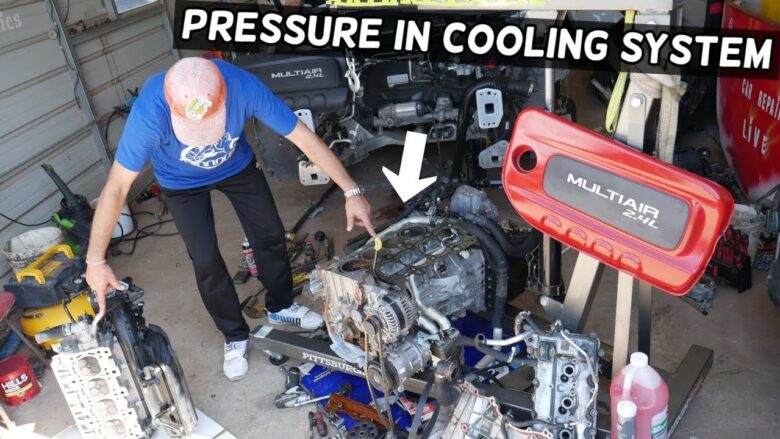
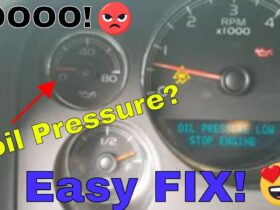
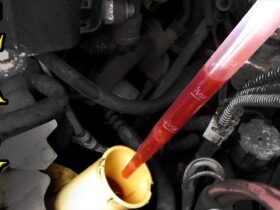
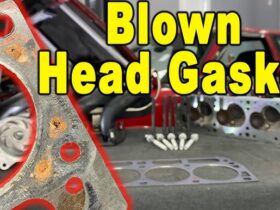

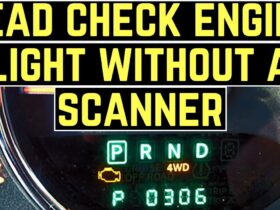
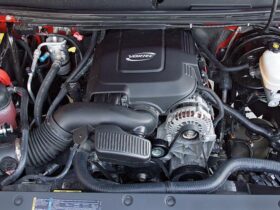



Leave a Reply